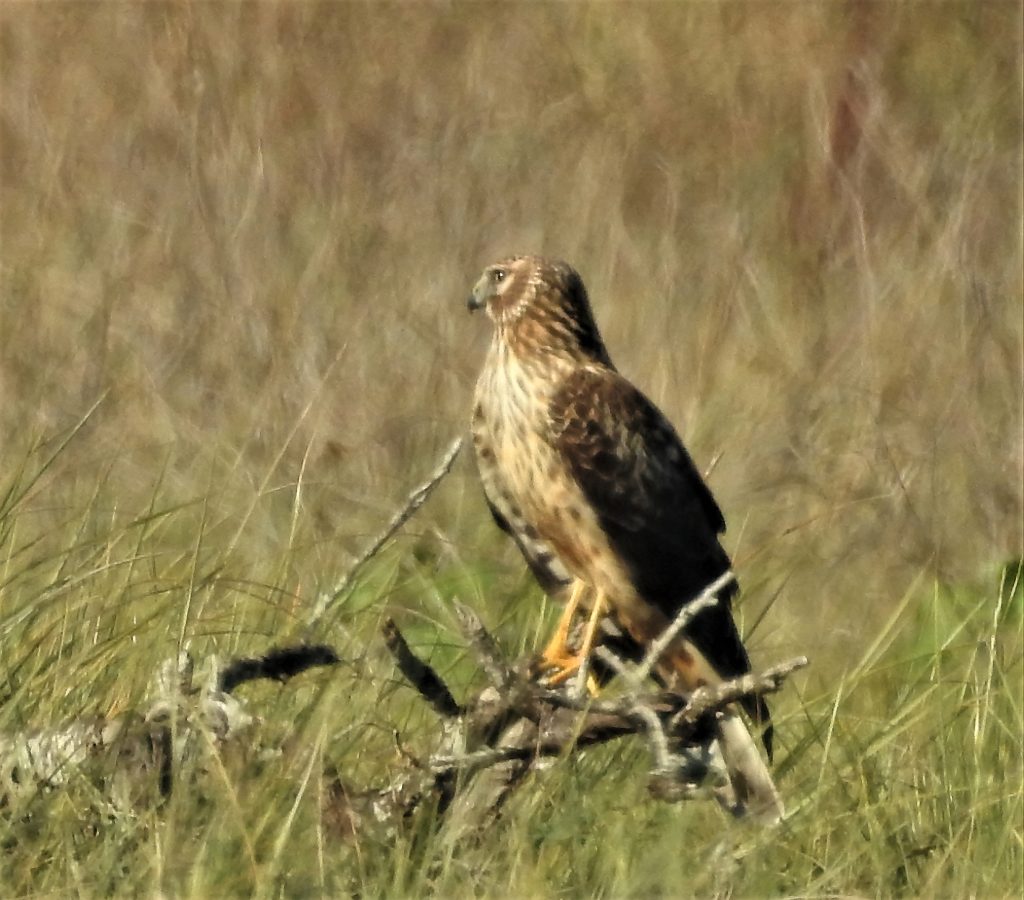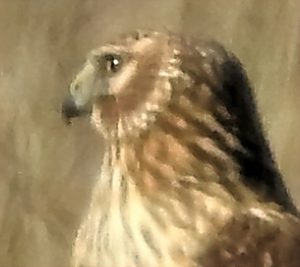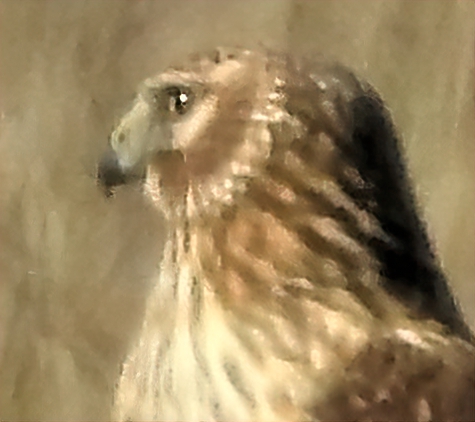by M. Kathy Raines
Suddenly, from a tranquil ocean of grasses and brush, explodes an astonishing athlete—a low-cruising, long-winged harrier that deftly weaves under, over and through foliage, its yellowish-brown hues dazzling in the sunlight. With this element of surprise, no wonder it’s dubbed “the gray ghost.”

This engaging winter guest, the northern harrier (Circus hudsonius), joins other visiting raptors— including ospreys, American kestrels and Cooper’s hawks—who relish the Valley’s open fields, brush, waterways and an eternal supply of prey. Harriers also winter on the Island. “We see them hunting over the marsh here at the birding center,” said Javier Gonzalez, Naturalist Educator at South Padre Island Birding, Nature Center and Alligator Sanctuary. They are plentiful, he said, “on the grasslands on the west side of the sand dunes north of Beach Access #6,” adding that harriers “seem to love hunting on windy days” there.
The name “harrier” stems from the Old English hergian, meaning to attack and plunder. Its behavior—a low, coursing flight and preference for close-to-ground lookouts— readily distinguishes it. While all raptors employ acrobatic feats of soaring and diving, the northern harrier often performs at a human’s eye level, sometimes mere feet from the ground.
Even in grasslands dotted with a fair share of mesquite, yucca and brush piles, northern harriers, unlike other raptors, do not perch on high to scour the fields. Rather, the well-camouflaged harrier watches for prey from a low mound, post or web of sticks mere feet from the ground, often displaying its white rump patch to demonstrate ownership. Acquainted now with their ways, I often notice a harrier, usually in midmorning or afternoon, poking up like a vertical bloom on a distant assemblage of sticks.

This harrier has exceptional hearing, abetted by its distinctive owlish facial ruff, a disc that, as with owls, reflects sounds and alert it to its favorite local prey, rats and ground squirrels, as well as frogs, reptiles, small birds and insects. Harriers also consume carrion and the occasional rabbit or duck, which, owing to their size, they will first drown. With wings often held in a dihedral, or V-shape, harriers circle, listening, searching and frequently retracing their paths.
While all northern harriers have long tails and wings and a distinctive rump patch, males and females differ more than do most birds of prey. The female, as with most raptors, outsizes the male, and she may be 50% heavier. She is brown above and streaked underneath. A male, bluish gray above and white below, has black-tipped wings. Immatures have cinnamon-colored chests, with males having greenish-yellow eyes and females, chocolate. Adults’ eyes are lemon-colored.
Northern harriers breed from Alaska and Canada down into the Texas Panhandle, preferring flat or rolling grasslands and marshes.
Harriers vehemently defend their territories, sometimes stooping—launching a rapid attack dive—or escorting intruders off their turf. They both steal from other raptors and are stolen from. Harriers, shortly before sunset, roost on the ground in groups of their fellows, but also other species like the short-eared owl, in groups of from 20 to 100.
Atypical of raptors, male harriers, while generally monogamous, may have more than one mate. The harriers’ ritualistic “sky dancing”, during which they make elaborate dives, loops and barrel rolls, is legendary, and both males and females dance, it appears, not only to attract one another, but to dissuade competitors. Together, they construct grassy nests upon the ground or in low vegetation, and females tend to the young. Males deliver prey in an aerial exchange.
Though not endangered, northern harrier populations have declined for the usual reasons—pesticides and habitat loss and fragmentation. Predators, who feed on eggs and young, include raccoons, skunks and owls. Also, livestock and deer may trample nests. Since harriers avoid humans, they may desert active farms and construction sites. Harriers thrive in open areas, so reforestation can decrease numbers.
Still, being low fliers, harriers rarely collide with structures like windmills. Dietary generalists, they have little difficulty finding suitable prey. Farmers call them “good hawks” since they present no threat to poultry.

